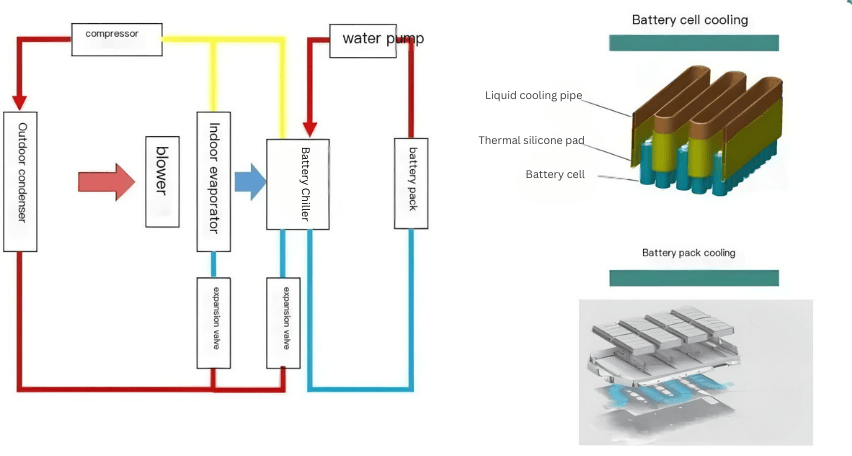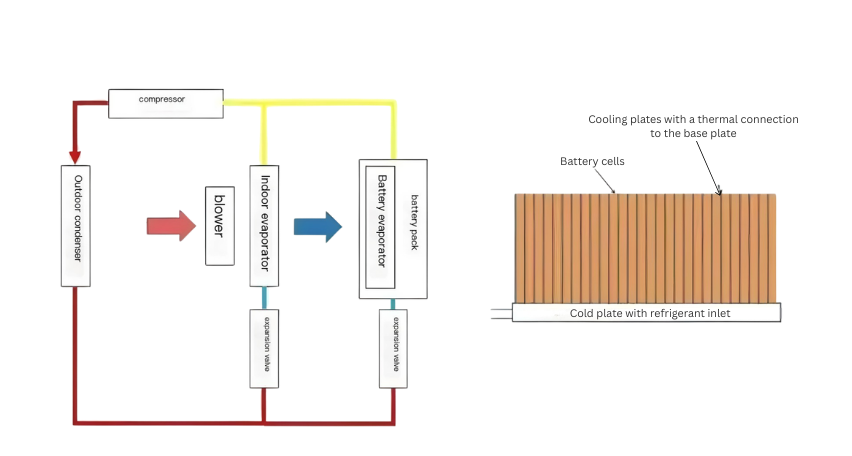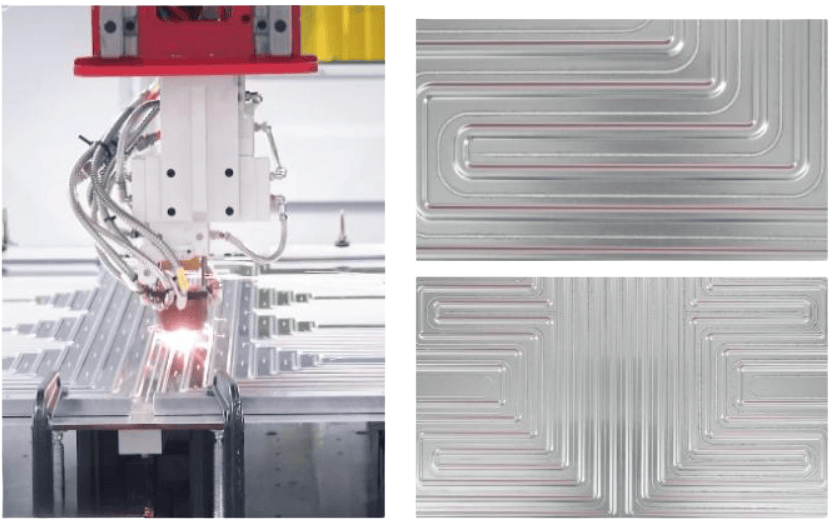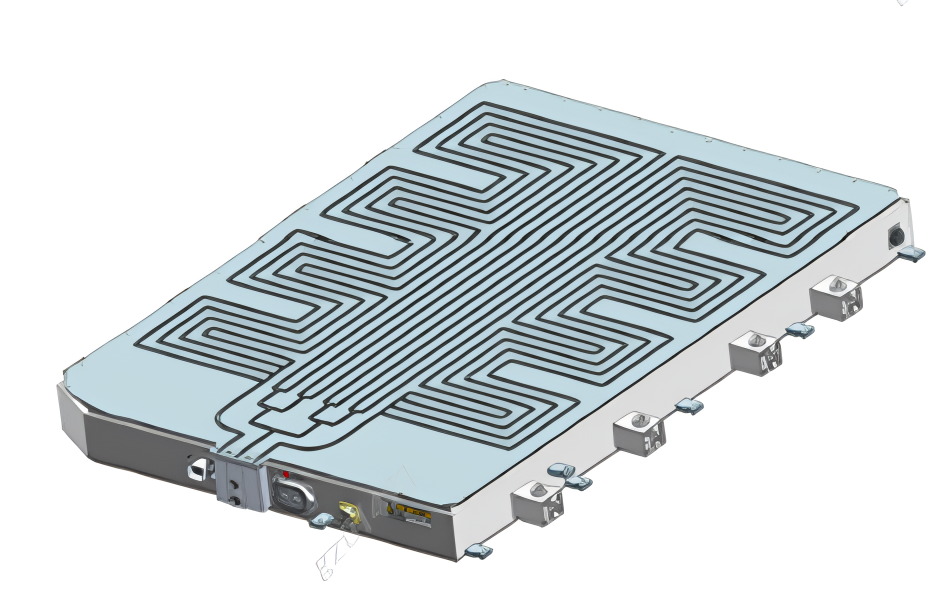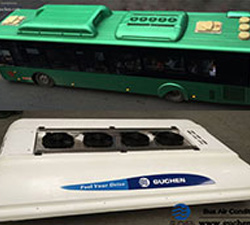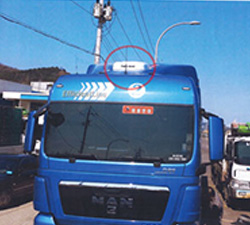In the fast-growing wave of new energy vehicles, battery safety and performance have always been core topics. The
Battery Thermal Management System (BTMS) acts like a “smart thermostat” for the battery. Power battery thermal management refers to using various technical means to control the battery temperature during charging and discharging, keeping it within an optimal operating range to improve performance, extend service life, and ensure safe operation.
Liquid cooling technology removes heat generated by the battery through convective heat transfer with a liquid, lowering the battery temperature. It is currently the most mainstream cooling solution on the market.
Direct cooling technology uses the principle of refrigerant evaporation latent heat. An air-conditioning system is set up within the vehicle or battery system, with the evaporator installed in the battery pack. The refrigerant evaporates inside the evaporator, efficiently and rapidly removing heat from the battery system, thus completing the battery cooling process.
Both liquid and direct cooling technologies serve as core thermal management techniques, silently guarding the “body temperature” of the battery.
The liquid cold plate and direct cold plate are key components that enable these two core technologies to function. They play a critical role in ensuring the efficient and safe operation of power batteries.
With increasing energy density in power batteries and the widespread adoption of fast-charging technology, cold plate technology is evolving from “passive heat conduction” to “active temperature control,” and from “single-material” to “composite structures.”
Next, let’s take a closer look:
Core components of power battery thermal management liquid cooling technology —
Battery Cold Plates
Principle
Manufacturing methods
Classification
1. Liquid Cold Plate: The “Heat Dissipation Expert” in Motion
The
liquid cold plate
(Liquid Cold Plate, LCP) is a key executing component of a liquid thermal management system. It directly contacts the heat source, removing heat generated by the battery through circulating coolant in its internal channels. Its core function is to establish an efficient heat transfer path from the battery cell to the external cooling loop. The main types of liquid cold plates are:
1.1 Types of Liquid Cold Plates
(1)Stamped Liquid Cold Plate: Made from aluminum alloy sheets, stamped to form complex coolant channels. This type allows flexible channel design and close contact with the battery, achieving high heat exchange efficiency. It is ideal for integrated designs like CTP or CTC battery packs and is currently the mainstream choice for new energy vehicles.
(2)Extruded Liquid Cold Plate: Made by aluminum alloy extrusion, with flat surfaces that can contact multiple cells simultaneously, providing a large heat dissipation area. It has a simple structure and low cost, but channel design flexibility is slightly lower, making it suitable for cost-sensitive models.
(3)Harp Tube Liquid Cold Plate: Channels are shaped like a harp, with headers at both ends. Simple structure and low cost, but the internal flow is fixed and less flexible. Commonly used in small new energy vehicles.
(4)Serpentine Tube Liquid Cold Plate: Designed for cylindrical cell modules. Lightweight and highly efficient in production, providing uniform heat dissipation for cylindrical batteries. Widely adopted by companies like Tesla.
1.2 Manufacturing Process of Liquid Cold Plates
Manufacturing a liquid cold plate is a “meticulous craft.” It starts with
processing aluminum heat-conducting material using composite and cold-rolling techniques to ensure uniform performance and precise dimensions. Then,
core assembly and welding (vacuum brazing, friction stir welding, etc.) ensure sealing and thermal conductivity. Finally, strict airtightness tests are conducted to ensure the product has no risk of leakage.
Here are the main manufacturing processes for EV battery liquid cold plates:
- Embedded Tube Process: CNC milling grooves in an aluminum base plate, pressing pre-bent copper tubes into the grooves, followed by brazing. Pros: lower cost, easier processing. Cons: moderate heat transfer, lower load capacity.
- Profile + Welding Process: Extrude the cooling channels directly, then seal via friction or brazing. Pros: high efficiency, low cost. Cons: less suitable for very high heat density; too many screw holes may reduce reliability.
- Machining + Welding Process: Machine water channels on aluminum/copper plates, assemble and weld to complete the plate. Pros: any shape and depth possible, suitable for high power density and irregular heat sources; less common in automotive batteries.
- Die Casting + Welding Process: Form channels via die casting, then seal with welding. Pros: stable, suitable for mass production. Cons: requires control over impurities and porosity.
- Stamping + Brazing Process: Stamp aluminum plates to form channels, optionally integrate fins, then brazed under controlled atmosphere or vacuum. Pros: flexible channel design, high contact area, excellent heat dissipation. Cons: high mold cost.
- Chiseled Teeth + Brazing Process: Bottom near the heat source is processed into fine teeth, then brazed with cover and water in/out ports. Pros: high heat transfer, compact size; less common in automotive batteries.
1.3 Evolution of Liquid Cold Plate Manufacturing
The core challenges of liquid cold plate manufacturing lie in three key indicators: channel sealing, weld strength, and lightweight design. In recent years, process innovations have been driving rapid industry upgrades.
(1) Friction Stir Welding (FSW): Representative of High-Reliability Sealing Process
FSW is a solid-state welding technology that achieves plastic joining of materials through frictional heat generated by a high-speed rotating stirring head. Its advantages are significant:
No melting welding: avoids thermal cracks and porosity, weld strength reaches over 95% of the base material, eliminating the risk of coolant leakage;
Compatibility with dissimilar materials: supports welding of lightweight materials such as aluminum, copper, and magnesium, without filler, reducing manufacturing cost;
Supports complex channels: can weld 3D surfaces and microchannels, optimizing heat transfer efficiency.
(2) Laser Welding: Toward Intelligent and High-Efficiency
In aluminum alloy liquid cold plate welding, traditional processes face challenges such as high reflectivity, difficulty in penetrating oxide layers, and high-speed welding deformation. Huagong Laser has launched the “Automated Laser Welding Smart Equipment for EV Battery Liquid Cold Plates,” which integrates beam energy control technology and intelligent control systems, achieving three major breakthroughs: stable deep welds on high-reflectivity aluminum, precise sealing of microchannels, and more than 40% reduction in welding deformation.
(3) Composite Filling Process: Lightweight and Thermal Diffusion Synergy
To meet the extreme lightweight requirements of aerospace and high-end EVs, composite liquid cold plates have become a new direction. Xi’an Fusion Materials Technology’s solution hollows out the metal casing to form a thin-walled cavity, fills it with a mixture of high thermal conductivity powder (density <2.0 g/cm³) and binder, and then hot-presses and welds the bottom sealing plate. This design reduces the weight of the liquid cold plate by 30%, while maintaining high thermal conductivity, meeting the cooling requirements of large battery modules.
2. Direct Cold Plate: The “Heat Dissipation Pioneer”
Unlike liquid cold plates,
direct cold plates conduct heat by directly contacting the battery surface.
Direct cold plates are generally placed at the bottom of the battery module. During the flow of refrigerant through the direct cold plate, the phase change absorbs heat, carrying away the heat generated by the battery. Direct cold plates do not require a coolant circulation system, have a simpler structure, respond faster, and can quickly reduce the local temperature of the battery in a short time.
Flat Direct Cold Plate: Made of high thermal conductivity materials, with a smooth and flat surface that can closely fit the battery module. Suitable for battery packs with regular structures.
Shaped Direct Cold Plate: Customized according to the shape of the battery module, it can fit irregular battery surfaces, ensuring that each cell receives effective cooling. Widely used in personalized battery designs.
Manufacturing Process: Precise Fit is Key
The core of direct cold plate manufacturing lies in material selection and processing precision. High-purity aluminum alloy or copper with excellent thermal conductivity is usually used, and CNC machining, laser cutting, and other processes are applied to create shapes that perfectly match the battery. Surface treatment is also very important. After anodizing or coating, the corrosion resistance and thermal conductivity of the direct cold plate are further improved.
Summary
As “active temperature control” becomes the core of technical upgrades and “composite structures” place higher demands on manufacturing, finding the right technology path, optimizing production processes, and balancing cost with performance has become a challenge that every practitioner must face.


